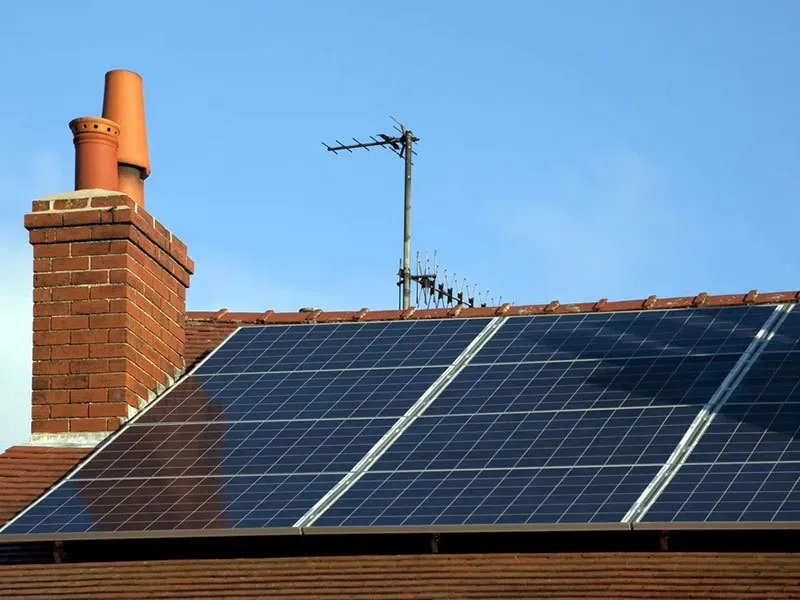solar hybrid inverter block diagram
Understanding the Solar Hybrid Inverter Block Diagram
In the realm of renewable energy, solar power has emerged as one of the most transformative solutions to meet electricity demands. At the heart of solar energy systems lies the solar hybrid inverter, a key component that facilitates the conversion and management of energy from various sources. Understanding its block diagram is essential for grasping how this technology works and its advantages in renewable energy applications.
What is a Solar Hybrid Inverter?
A solar hybrid inverter is a sophisticated device that combines multiple energy sources, primarily solar energy and battery storage, to provide a reliable, clean, and efficient power supply. Unlike traditional inverters that only convert DC (direct current) from solar panels to AC (alternating current) for home use, hybrid inverters incorporate features that allow for the integration of battery storage and, in some cases, grid electricity.
Components of the Solar Hybrid Inverter Block Diagram
The block diagram of a solar hybrid inverter typically consists of several essential components
1. Solar Panel Input At the top of the block diagram, you’ll find the solar panels, which capture sunlight and convert it into direct current (DC). This energy is the primary source for the inverter.
2. Maximum Power Point Tracking (MPPT) Following the solar panel input is the MPPT module. This technology optimizes the power output from the solar panels by adjusting the electrical operating point of the modules. By continuously monitoring and adjusting to varying light conditions, the MPPT ensures maximum efficiency in energy capture.
3. Battery Storage System One of the standout features of hybrid inverters is their ability to interface with battery storage. The block diagram includes a section for batteries that stores excess electricity generated during sunny periods. The battery management system regulates charging and discharging cycles, ensuring the longevity and efficiency of the batteries.
solar hybrid inverter block diagram

4. Inverter Circuit The core function of the hybrid inverter is performed within the inverter circuit. Here, the DC power from both the solar panels and the batteries is converted into AC power suitable for household or grid use. This circuit typically includes essential components such as transistors and transformers that perform the conversion and ensure power quality.
5. Grid Connection Many hybrid inverters have the capability to connect to the electrical grid. This allows users to export excess energy back to the grid and import electricity during periods of low solar generation. The grid connection component in the block diagram regulates the flow of energy between the grid and the inverter, ensuring that energy management remains efficient and compliant with local regulations.
6. Load Management At the bottom of the block diagram, the load management section controls the distribution of energy to various electrical appliances within the home or facility. It determines whether to draw power from the solar panels, batteries, or the grid, optimizing for cost savings and efficiency.
7. Monitoring System Another vital aspect included in the block diagram is the monitoring system. This allows users to track energy production, consumption, and battery status in real-time. Many modern hybrid inverters are equipped with Wi-Fi or cellular connectivity, enabling reports and alerts on performance via mobile apps.
Advantages of a Solar Hybrid Inverter
Utilizing a solar hybrid inverter offers numerous benefits. First and foremost, these inverters optimize energy use by seamlessly integrating solar power and battery storage. This results in greater energy independence and reduced reliance on the grid, translating into cost savings on electricity bills. Additionally, by utilizing clean solar energy, users contribute to reducing their carbon footprint. The flexibility to operate in various modes allows for customized energy solutions tailored to specific needs, further enhancing their value in diverse applications.
Conclusion
The solar hybrid inverter block diagram serves as a roadmap to understanding how this innovative technology operates. By converting and managing energy from various sources, hybrid inverters play a pivotal role in increasing the efficiency and sustainability of solar energy systems. As the push for renewable energy continues, understanding these systems' technical intricacies will be crucial for both consumers and industry professionals aiming to leverage solar power effectively.
-
String Solar Inverter: The High-Efficiency Solution for Smart Solar EnergyNewsJul.14,2025
-
Revolutionizing Rooftop Energy with the Power of the Micro Solar InverterNewsJul.14,2025
-
Power Independence with Smart Off Grid Solar Inverter SolutionsNewsJul.14,2025
-
On Grid Solar Inverter: Powering the Future with Smart Grid IntegrationNewsJul.14,2025
-
Monocrystalline Solar Panels: High-Efficiency Power for the Future of Clean EnergyNewsJul.14,2025
-
Bifacial Solar Panel: A Smarter Investment for Next-Generation Energy SystemsNewsJul.14,2025







